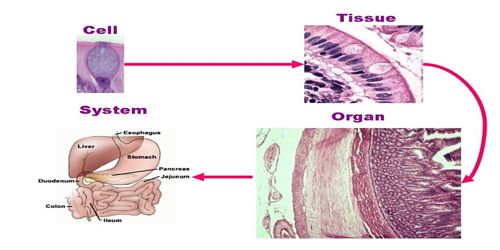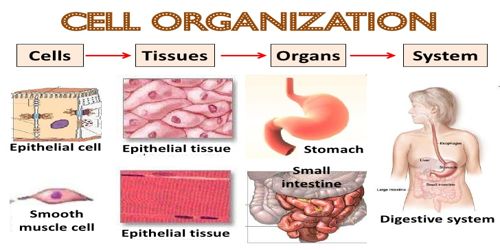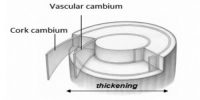Differences between Tissue and Cell
Cells are the least component of life which form the root of a life form. Tissues are groups of compatible cells working simultaneously. Cells and tissues are both structurally imported in an living being. Without each the organism will not be able to utility. Cells are the minimum element of life and are microscopic in character, which means that they can’t be seen with the naked eye. Tissues are groups of comparable cells, working towards a single objective.
Tissue: Originating from a similar place when more than one cell with comparable structure and task performs a general function, then those groups of cells are called Tissue. For example, blood is a kind ‘of fluid connective tissue. In the liquid matrix or plasma of blood there are red corpuscles, white corpuscles and platelets. Blood is developed from the mesoderm of the embryo.

Cell: Cell is the structural and functional unit of tissue. For example, Red blood corpuscles (Erythrocytes), White blood corpuscles (Leucocytes) and Platelets (Thrombocytes) are various types of blood cells. Of these the red courpuscles transport oxygen and carbon dioxide, white corpuscles take part in the defense of the body and the platelets take part in blood clotting at the site of injury and stop unwanted blood loss. Blood cells and the plasma together form the blood tissue. Blood usually takes part in the internal transportation of the body.














